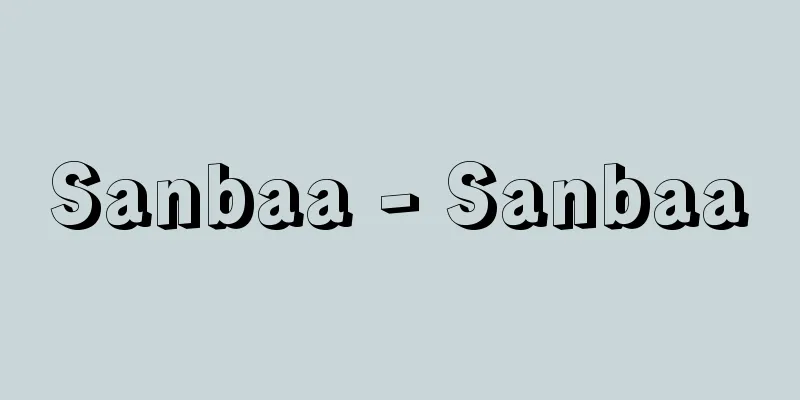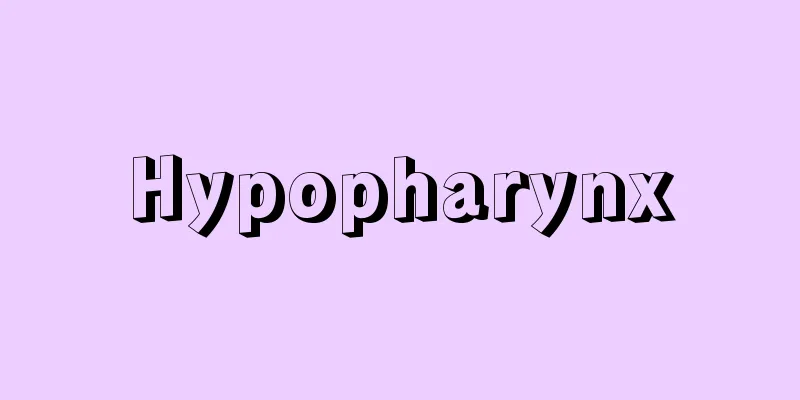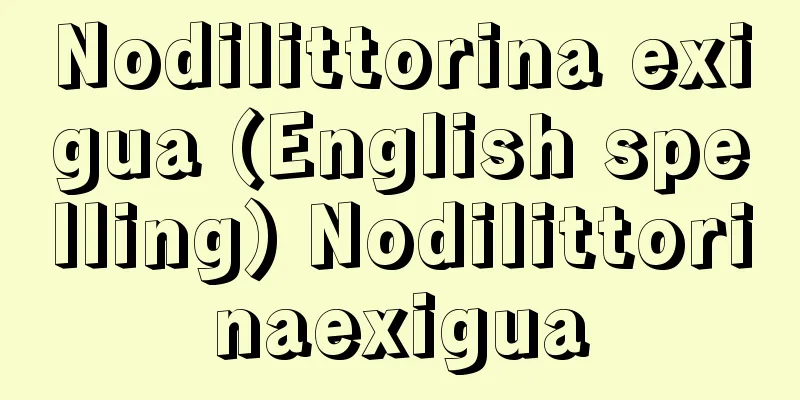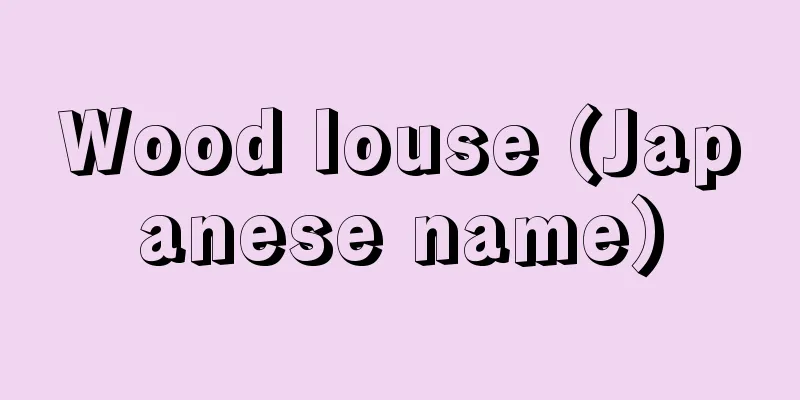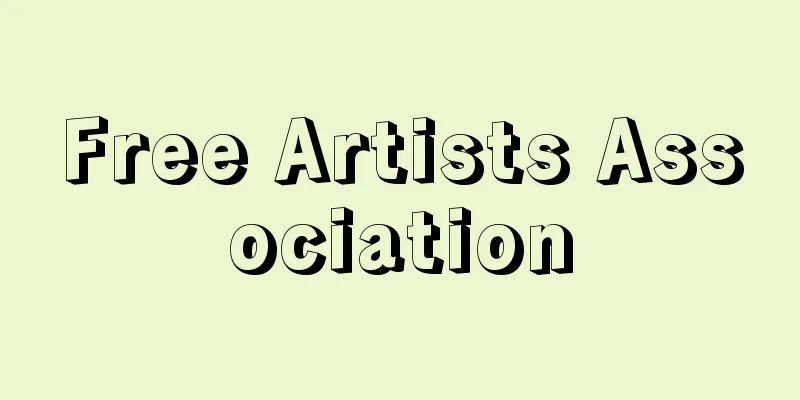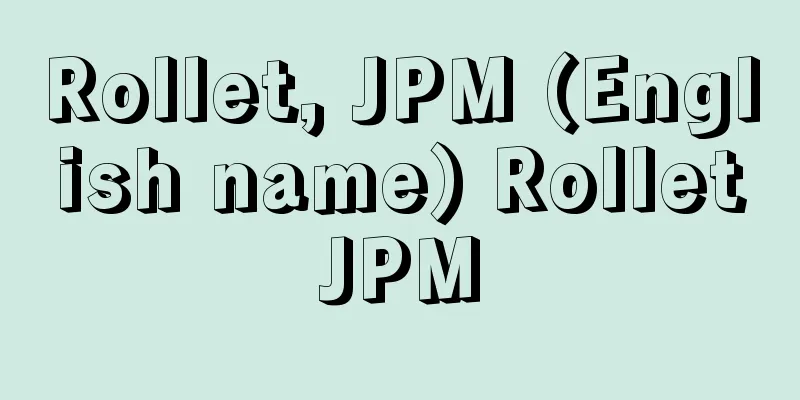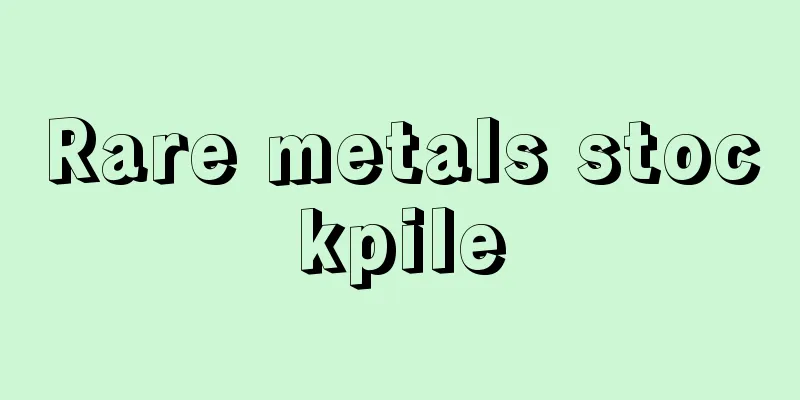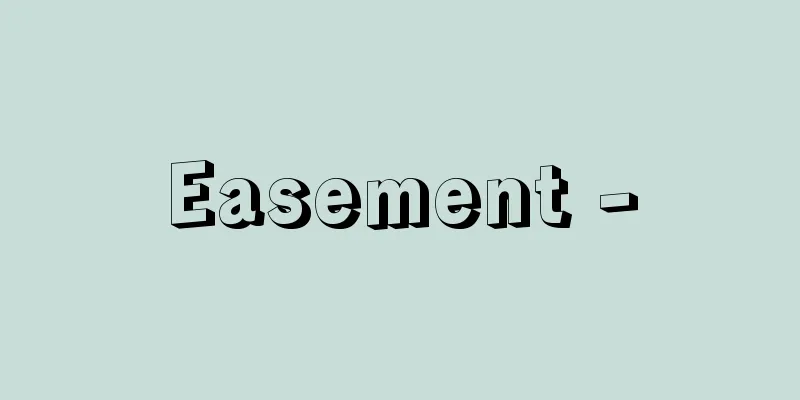Skeletal muscle

|
The muscles that move the skeleton are organs made up of a collection of striated muscle cells (fibers) wrapped in a membrane of connective tissue. Skeletal muscles span at least one joint, attach to both bones that make up that joint, and work to fix one bone and move the other. Skeletal muscles vary in size and shape depending on the area where they are active, with the smallest being the bundle-like stapedius muscle in the middle ear and the largest being the thigh muscle. Shapes include pinnate (rectus femoris), semipinnate (semimembranosus), and multipinnate, as well as flat (splenius), triangular (deltoid), and quadratus (quadratus lumborum). Skeletal muscles are typically spindle-shaped (the center bulges to form a muscle belly, tapering toward both ends), with the ends transitioning into tendon tissue that attaches to the bones. Of the two ends, the one that is relatively immobile is called the muscle head, and the other end is called the muscle tail, but when the muscle head is divided into 2 to 4 parts, it is called the biceps (biceps brachii), triceps (triceps surae), or quadriceps (quadriceps femoris). Skeletal muscles may also be named according to the part of the body to which they are attached (pectoralis major, gluteus maximus). When the muscle belly of a skeletal muscle is long and thin, tendon tissue may be present in the middle of the muscle belly to reinforce it. The rectus abdominis is a typical example of this, with three or four tendons (tendons). The digastric muscle, which runs below the lower jaw, is divided into an anterior belly and a posterior belly, and the middle tendon is attached to the hyoid bone. When skeletal muscle contraction causes joint movement, the muscle attachment on the bone side that is fixed or does not move much is called the origin, and the muscle attachment on the bone side that moves a lot is called the insertion. In other words, the muscle head is the origin and the muscle tail is the insertion. Skeletal muscles basically have a defined origin and insertion, but in reality this distinction may not be clear. Individual muscles are surrounded by a sheath of fibrous connective tissue (perimysium externa, commonly called fascia), some of which enters the muscle fiber bundle as perimysium externa, and further becomes endomysium that surrounds the spaces between individual muscle fibers. Nerves and blood vessels that distribute through the muscle pass through this fascia to reach the muscle fibers. The fascia transitions into tendon tissue at both ends of the muscle and attaches to the periosteum. Human skeletal muscles are voluntary muscles, and are distributed by nerve fibers from motor neurons in the brain and spinal cord. The contact point between the end of the motor nerve fiber (nerve ending) and the muscle fiber is called the motor nerve endplate, or neuromuscular junction, and at this part, acetylcholine is secreted in response to motor nerve excitation, stimulating the muscle fiber. Skeletal muscles are classified according to the location where they attach to bones, and the types of bone movement vary. The main types are as follows: (1) flexors, which reduce the angle of a joint (e.g., biceps), (2) extensors, which increase the angle of a joint and return it from a flexed position to its normal position (e.g., triceps), (3) abductors, which move the skeleton away from the midline of the body (e.g., deltoid), (4) adductor muscles, which move it closer to the midline (e.g., pectoralis major, femoral adductor group), (5) internal and external rotators, which rotate around an axis (e.g., teres minor, subscapularis), (6) levator muscles, which lift parts of the body (e.g., levator scapulae, cremaster), (7) depressors, which pull parts of the body down (e.g., depressor anguli oris), and (8) sphincter muscles, which close the opening (e.g., pharyngeal sphincter, anal sphincter). In the hands and feet, there are the supinator and pronator muscles, which turn the palms and soles of the feet up and down. When performing a certain movement, skeletal muscles generally work as a group rather than working alone. In this case, the muscle that is the main driver of the movement is called the prime mover, and the muscles that contract at the same time as the prime mover are called synergists. Synergists effectively enhance the function of the prime mover. When the prime mover is contracting, the relaxed muscle is called the antagonist, and it performs the opposite movement. Extensor muscles are antagonistic to flexor muscles. Skeletal muscles also have auxiliary devices to facilitate their movement. When muscles or tendons contract, there is a small sac made of connective tissue called a bursa between the bone surface or skin where they rub against each other, reducing friction and allowing for smooth contraction. These sacs contain mucus. [Kazuyo Shimai] [Reference] |Muscles are mainly attached to the skeleton and control its movement, and are also called skeletal muscles. Some muscles are attached to the skin of the face and help with facial expressions, while others are attached to internal organs and are involved in vocalization, swallowing, defecation, and eye movement . Human muscular system (front) ©Shogakukan "> Human muscular system (posterior view) Source: Shogakukan Encyclopedia Nipponica About Encyclopedia Nipponica Information | Legend |
|
骨格を動かす筋をいい、横紋筋細胞(線維)が集合して結合組織の膜に包まれた一つの器官である。骨格筋は少なくとも一つの関節をまたがって、その関節を構成する両骨に付着し、一方の骨を固定して他方の骨を動かす働きをする。骨格筋はその活動する場所によって大きさ、形状はさまざまで、極小の筋は中耳にある束状のアブミ骨筋、最大の筋は大腿筋(だいたいきん)などである。形状も羽状(大腿直筋)、半羽状(半膜様筋)、多羽状のほか、板状(板状筋)、三角形(三角筋)、方形(腰方形筋)などがある。骨格筋の典型は紡錘状(中央部が膨らんで筋腹となり、両端に向かって細くなる)で、その先端は腱(けん)組織に移行してそれぞれ骨に固着する。両端のうち、比較的動かない端を筋頭とよび、他端を筋尾とよぶが、筋頭が2~4分裂している場合には、二頭筋(上腕二頭筋)、三頭筋(下腿三頭筋)、あるいは四頭筋(大腿四頭筋)とよぶ。このほか、骨格筋が付着している体の部位によって名称がつけられることもある(大胸筋、大殿筋(だいでんきん))。骨格筋の筋腹が細長いときは、筋腹中間に腱組織が介在して筋腹を補強している場合がある。腹直筋はこの典型例で、3、4個の腱(腱画)が入っている。下顎(かがく)の下方に走る顎二腹筋は前腹、後腹に筋腹が分かれ、中間腱が舌骨に付着している。 骨格筋の収縮によって関節の運動がおこる場合、固定しているか、あまり動かない骨側の筋付着部を起始とよび、大きな動きをする骨側の筋の付着部を停止とよぶ。つまり、筋頭は起始側で、筋尾は停止側となる。骨格筋には基本的に起始、停止が決められているが、実際にはこの区別が明瞭(めいりょう)でない場合もある。筋個体は線維性結合組織の鞘(しょう)(外筋周膜、一般に筋膜とよぶ)に包まれ、その一部は筋線維束の内部に内筋周膜として進入し、さらに個々の筋線維間を取り囲む筋内膜となる。筋に分布する神経や血管はこの筋膜を通って筋線維に達する。筋膜は筋の両端で腱組織に移行し、骨膜に付着する。ヒトの骨格筋は随意筋で、脳脊髄(のうせきずい)中の運動神経細胞の神経線維が分布している。この運動神経線維末端(神経終末)と筋線維との接触部を運動神経終板、あるいは神経筋接合部とよび、この部分は運動神経興奮によってアセチルコリンが分泌され、筋線維を刺激する。 骨の運動形式は、骨格筋が骨に付着する部位によって異なるため、これによって筋の分類がなされる。以下、おもなものをあげる。(1)屈筋=関節の角度を減らす(例、上腕二頭筋)、(2)伸筋=関節角度を増し、屈曲位から正常な位置に戻す(例、上腕三頭筋)、(3)外転筋=体の正中線から骨格を遠ざける(例、三角筋)、(4)内転筋=正中線に近づける(例、大胸筋、大腿内転筋群)、(5)内・外旋筋=軸を中心にして回転させる(例、小円筋、肩甲下筋)、(6)挙筋=体の一部を引き上げる(例、肩甲挙筋、精巣挙筋)、(7)下制筋=体の一部を引き下げる(例、口角下制筋)、(8)括約筋=開口部を閉じる(例、咽頭(いんとう)括約筋、肛門(こうもん)括約筋)。また、手や足の場合には、手掌や足底を上下に向ける回外筋、回内筋がある。 ある運動を行う場合、一般に骨格筋は単独で働くよりもいくつかの骨格筋群として働くが、このとき、運動の主体となる筋を主要作動筋(主動筋、主力筋)といい、その筋と同時に収縮する筋を協力筋とよぶ。協力筋は主要作動筋の働きを効果的に高める。主要作動筋が収縮しているとき、弛緩(しかん)している筋を拮抗筋(きっこうきん)(対抗筋)とよび、反対の運動を行う働きをもっている。屈筋に対しては伸筋が拮抗筋となる。また、骨格筋では、その運動を円滑にするため補助装置が存在する。筋や腱が収縮運動を行う場合、骨面や皮膚とすれ合う部分では両者の間に滑液包という結合組織性の小さい嚢(のう)があり、摩擦を減少させて円滑に収縮運動ができるようになっている。この小嚢内には粘液が含まれている。 [嶋井和世] [参照項目] |筋肉はおもに骨格に付着してその運動をつかさどり、骨格筋ともよばれる。また、筋肉には顔面の皮膚に付着して表情表現に働くものもあれば、内臓に付着して発声、嚥下、排便、眼球運動に関与するものもある©Shogakukan"> 人体の筋系(前面) ©Shogakukan"> 人体の筋系(後面) 出典 小学館 日本大百科全書(ニッポニカ)日本大百科全書(ニッポニカ)について 情報 | 凡例 |
<<: National Civil Service Act - Kokkakomuinho
Recommend
Pressure loss - Pressure loss
Fluids flowing inside equipment or pipes lose som...
Double Yang
〘Noun〙 (meaning the number nine, the extreme posit...
Amitostigma lepidum (English name) Amitostigmalepidum
… [Ken Inoue]. … *Some of the terminology that me...
One (Tamayo) - Ippon
...Others became geisha without serving sake, and...
Tokuhatsushi (English spelling) Tu-fa-shi, T`u-fa-shih
A Xianbei tribe that established Southern Liang (→...
Kanzan Seicho - Kanzan Seicho
…In 1545, together with Yi Sangsa and others, he ...
Social anxiety
A sense of crisis is likely to arise in uncertain ...
Kasuga Shrine
…It is also called jinnin. It refers to the low-r...
Konnichian - Konnichian
Located in the Urasenke tea house in Kamigyo-ku, ...
Société Internationale de Psychopathologie de l'Expression
...Music continued to be used to treat melancholi...
Harima Nada
The eastern part of the Seto Inland Sea. Surround...
Grassroots Magazine - Soumou Zasshi
This was a political commentary magazine in the ea...
Lamprotornis
...This genus is classified into about 24 species...
Fujiwara no Tsunemune - Fujiwara no Tsunemune
An aristocrat in the late Heian period. Son of Da...
Cordylidae
...A general term for lizards with hard scales th...
